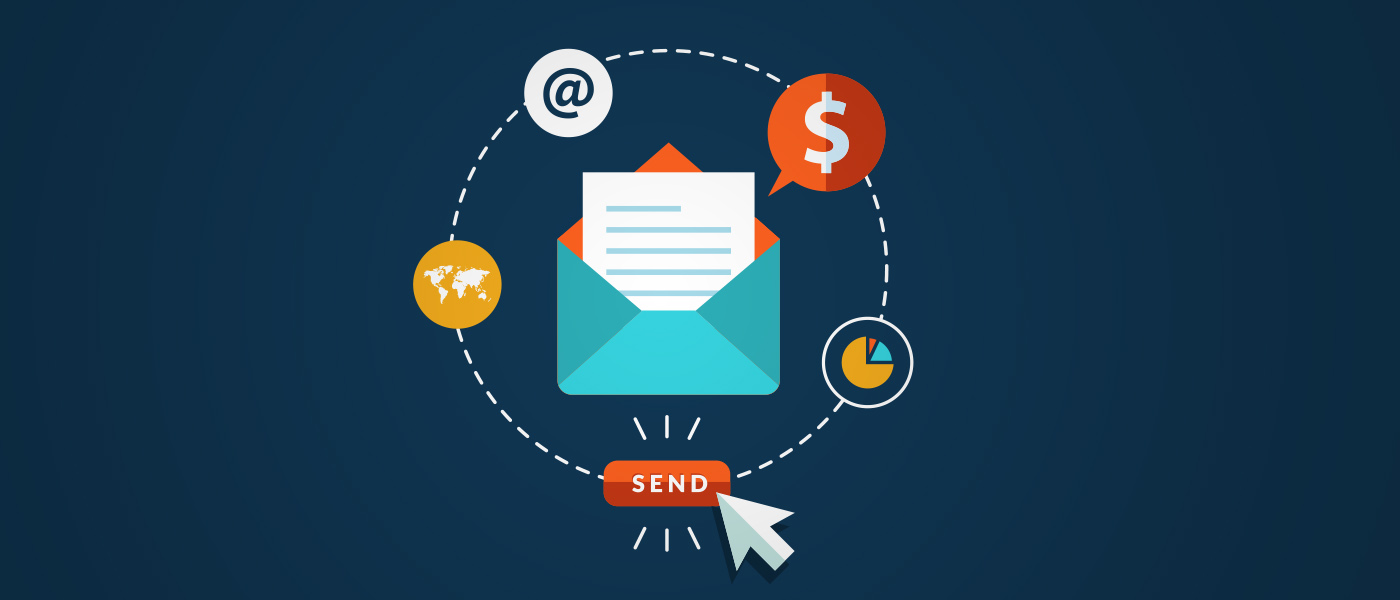Email marketing automation is currently being used by 82% of B2B and B2C companies in North America. Why? Because it works. You may crib all you want about spam and privacy and how small your current list is, but when you do email automation correctly, it is the best online tool in your advertising toolkit, especially if you want to generate leads and drive conversion. B2C marketers have seen conversion rates rise up to 50% by using email marketing and automation. So the real question is, how does one do it right? We get asked this question all the time, so let us shed some light on the matter.
1) Build your list from the ground up.
Unless your company operates outside of Canada, buying email lists is not an option you can really explore. Buying lists doesn’t really work anyway because most lists are populated with work emails, and those become redundant the moment an employee leaves. Given the high turnover rate in most companies, most lists lose their relevance by the time they reach you. So the best solution is to build your list from scratch. Gather email addresses from all your points of audience contact.
- Create social media contests
- Provide incentives
- Create loyalty programs
- Ask them at the cash counter
- Create landing pages
- Provide white papers
Basically do whatever it takes to entice your audience into being interested in subscribing to your mailing list. Once they are on the list, you can create a long lasting relationship.
2) Provide relevant content
Being useful, relevant and informative is extremely important when sending out email marketing content. Always trying to make a hard sell may put off your subscribers. Also sending them content that doesn’t relate to them might do the same. For instance, if you own a sports apparel store and send your clients emails about statistics on obesity, you’re going to turn off your clients. Instead consider sending them articles on best fitness trends, best gym gear deals, free tickets to a game or announce partnerships with local gyms. Send them things that they will use, that also help you sell your product without needing to shove it in their face.
3) Have an overall strategy in mind
A great email marketing plan involves an end-to-end strategy that helps you create a blueprint of exactly what will happen at every point of online engagement. First begin by identifying the goal of the campaign. For instance, you want to promote a networking event you are running and want people to sign up.
- Start by creating awareness for the event through channels such as Facebook ads, Instagram, Eventbrite, your website, your existing email list and other advertising platforms.
- Direct people to the event landing page for their consideration – populate the landing page with all the relevant information they need to make a decision. Include pictures, stats, ticket pricing etc.
- Engage new visitors by asking them for their email address.
- Once they sign up, send them a confirmation email with the exact event details to help them become familiar with your event.
- Send them reminders before the event
- Send them invitations to other similar events to gauge whether they have the potential to be loyal clients
- Provide incentives for them to refer your event to their friends
- Send a thank you email for attending your event. Tell them more about your company and keep them on the hook for future events.
You must plan every part of this stage up front. Create an if/then drip campaign and let it run automatically to gauge results.
4) Segment your audience
The more you segment your audience, the more personal and relevant your content will be. Common segmentation can be done through these factors.
- Current customers
- Potential customers
- Subscribers
- People who have opened their emails
- People who have not opened their emails
- Loyal customers
- Advocates
- People who have visited your website and subscribed
You can also segment your list with factors such as location, job title, industry etc. Basically you can segment a list any way you like, as long as you have the information that helps you create the segmentation.
5) Provide incentives
If you want people to take action, you will have to give them a compelling reason to do so. For instance, people hate spam, but many people like discounts. So if you want them to subscribe, provide them with a discount on your product.
Other incentive tactics include
- White papers
- Coupons
- Free trials
- Free consultations
- Freebees
- Contests
- Guides
- Sweepstakes
- Quotes
6) Ditch the design, go for authenticity
For years now companies have been sprucing up their emails with pretty pictures and eye-catching designs. The only problem is that a lot of email providers block emails with images in them, this affects the open rates. Also, people prefer to have authentic encounters with real people. A personalized email with minimal design is likely to get better response rates than a generic email. Of course you need to consider your brand image as well. If you’re a big brand like Pepsi or Coke, you can spend time on the looks and not worry about open rates, especially if your goal is to spread awareness. On the other hand, if it is a customer relation email, it should not be design heavy, but authentic instead.
7) Test your markets
A/B testing is key to any email campaign’s success. Test out different subject lines, calls to action and design to see what works best and stick with that.
8) Adjust constantly
Look at your open and clickthrough rates. Try to determine why people are behaving in one manner vs the other. Look at your landing page data and website data. Direct people into different segments according to their behaviour and adjust your strategy to fit.
